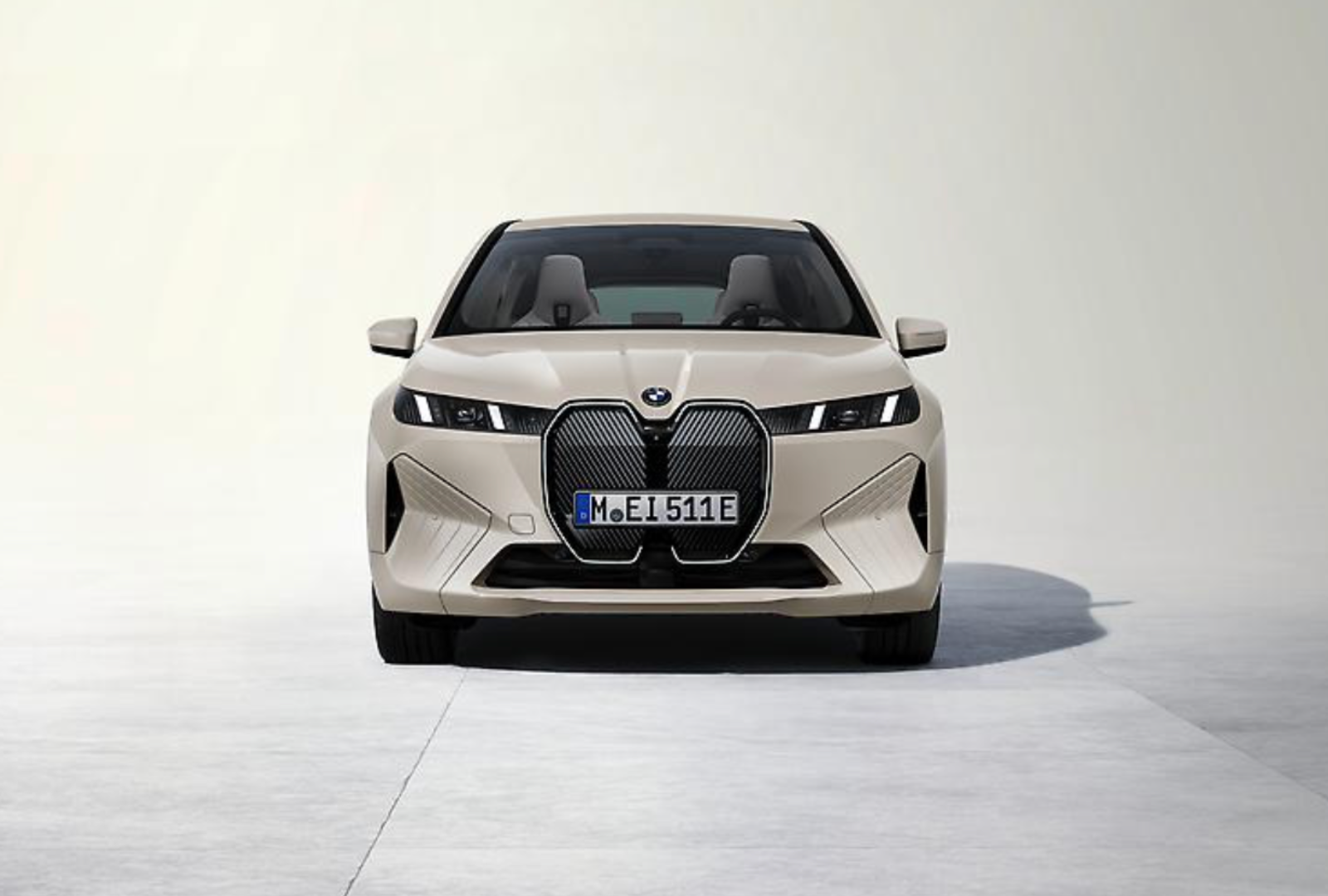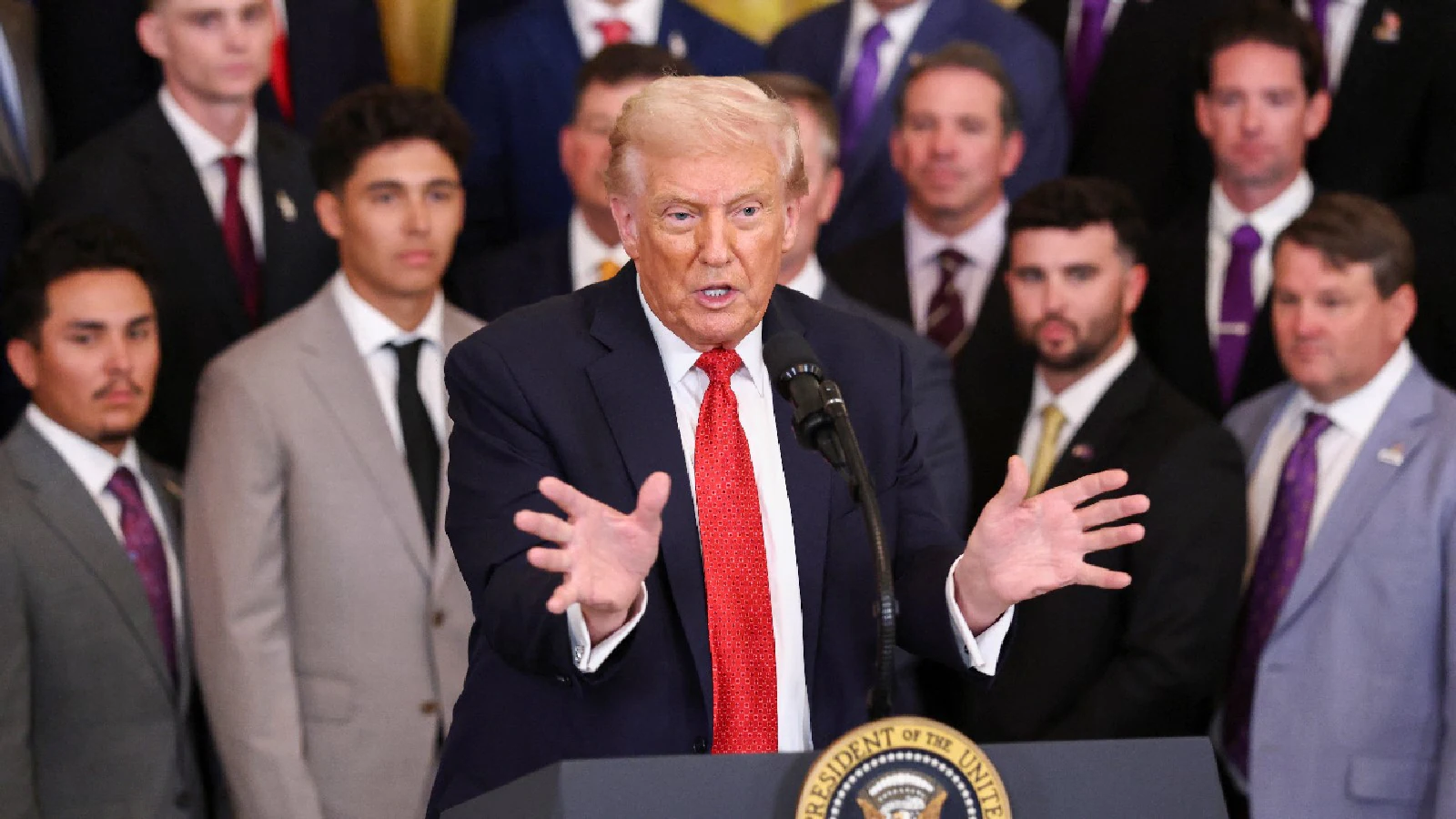Copyright newsweek

It’s not just automakers that are making U-turns when it comes to battery-electric vehicles. Automotive industry suppliers have had to reallocate resources to adapt to the changing demand, which is very different from what was predicted. “The only strategy which was indicated in 2023 was electric mobility, and the vision at that time was the future. Well, I think the future is still electric but the question is: What is the future? When does the future begin?” Otmar Scharrer, the head of research and development for electrified powertrain technology at ZF, told Newsweek at a private German Car of the Year jury event. The supplier is one of the top in the world in the auto industry, selling chassis technology, powertrains, industrial technology, aftermarket components and safety technology to automakers far and near from its headquarters in Friedrichshafen, Germany. In 2020, the company announced that it was ceasing development of internal combustion engines. Today, that position has been reversed, with the company investing time, energy and money in battery-electric, extended-range, plug-in hybrid, hybrid and mild-hybrid electric vehicles, as well as internal combustion engines. 2026 BMW iX xDrive45 Full electric mobility is still part of ZF’s long-term plans. It’s one of three megatrends that Ulf Beering, ZF’s manager of systems engineering chassis solutions, identified during the meeting, in addition to software-defined vehicles and automatic driving. Software-defined vehicles are already on roadways globally, notably the Polestar 3, Mercedes-Benz CLA, Teslas and Rivians. And, driving is becoming more automated. While most of the original equipment manufacturer world is still working on SAE Level 3 and Level 4 advanced hands- and eyes-free driving technology, some companies are already deploying it on the street. Waymo and Tesla’s so-called robotaxis are key examples of this. ZF’s global customer base has changed its asks of the company as regulations and forecasts for expected market permeation of electric vehicles have changed. While there have always been differences in what clients from various regions ask for, today those differences are greater, Florian Laudan, senior vice president of global corporate and marketing communications at ZF, told Newsweek. Scharrer listed the things automakers are asking ZF to provide: more efficient powertrains at a better price that have been simplified from their predecessor units. Those units should be smaller, car companies say, so that they can fit into multiple models. Regionalization is a hot topic for suppliers and car manufacturers as they attempt to develop and produce products for markets in the place where they are destined. Stellantis’s Chief Creative Officer Ralph Gilles recently told Newsweek that this is a key tenet of the automaker’s success roadmap under new CEO Antonio Filosa. Profile of the 2023 Toyota bZ4X. President Trump’s tariff strategy is designed to encourage supplier and automaker regionalization, rewarding companies that source, create and sell vehicles in the U.S. with a significantly lower cost of doing business than those that do not. Market analysis published by S&P Global Mobility earlier this month showed that the U.S.’s battery-electric vehicle market is stalled at 7.5 percent of the total number of new models sold as Americans favor hybrids. The company said that tariffs, price gaps and weak policies are contributing to the stall.



